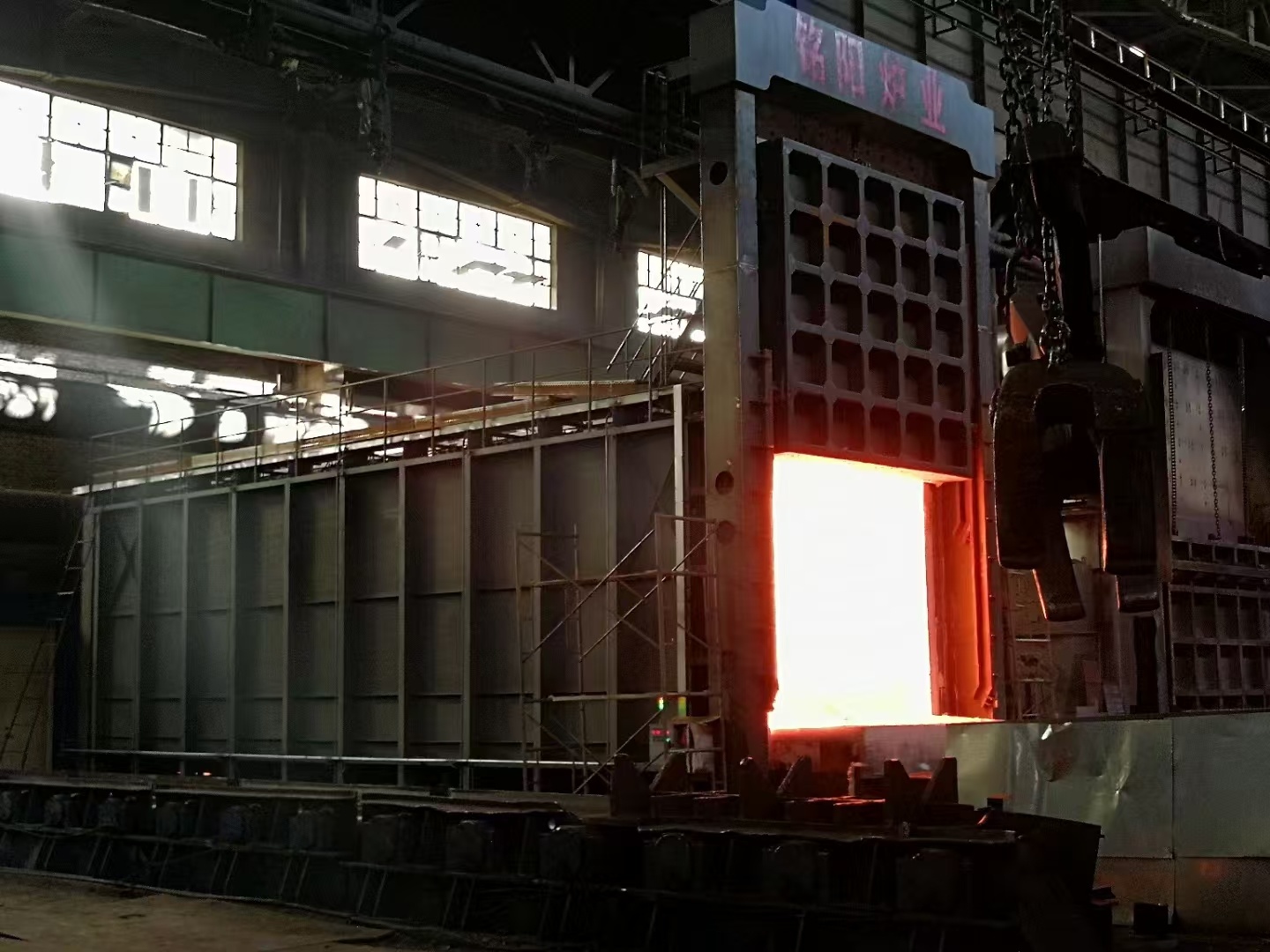


Electric Furnaces Redefined: The Impact of Silicon Carbide Heating Technology
Electric Furnaces Redefined: The Impact of Silicon Carbide Heating Technology
Table of Contents
1. Introduction to Electric Furnaces and Heating Technologies
2. Understanding Silicon Carbide (SiC) Heating Technology
3. Advantages of Silicon Carbide Heating Elements
3.1 Energy Efficiency
3.2 Thermal Stability
3.3 High-Temperature Capability
Electric Furnaces Redefined: The Impact of Silicon Carbide Heating Technology
Table of Contents
- 1. Introduction to Electric Furnaces and Heating Technologies
- 2. Understanding Silicon Carbide (SiC) Heating Technology
- 3. Advantages of Silicon Carbide Heating Elements
- 4. Applications of Silicon Carbide Heating Technology in Electric Furnaces
- 5. Comparison with Traditional Heating Technologies
- 6. Future Trends and Innovations in Electric Furnaces
- 7. Frequently Asked Questions (FAQs)
- 8. Conclusion
1. Introduction to Electric Furnaces and Heating Technologies
Electric furnaces play a crucial role in various industrial processes, providing the necessary heat for melting, forging, and heating materials. The evolution of heating technologies within electric furnaces has led to significant advancements in efficiency and performance. Among these advancements, **Silicon Carbide (SiC) heating technology** stands out, redefining how electric furnaces operate in today's industrial landscape.
2. Understanding Silicon Carbide (SiC) Heating Technology
Silicon carbide is a compound of silicon and carbon, known for its exceptional thermal and electrical properties. As a heating element in electric furnaces, **SiC offers several advantages over traditional materials** such as nickel-chromium alloys. Its ability to withstand high temperatures, coupled with its efficiency in energy conversion, makes it a favored choice in modern industrial applications.
3. Advantages of Silicon Carbide Heating Elements
Silicon carbide heating technology brings numerous benefits that enhance the performance of electric furnaces.
3.1 Energy Efficiency
One of the most significant advantages of **SiC heating elements** is their energy efficiency. Unlike conventional heating elements, SiC can achieve rapid heating and maintain high temperatures with less energy consumption. This feature translates into lower operational costs and reduced environmental impact, making SiC a sustainable choice for industries.
3.2 Thermal Stability
Silicon carbide exhibits remarkable thermal stability, allowing it to function effectively at elevated temperatures without significant degradation. This characteristic is particularly important for electric furnaces, which often operate under extreme conditions. The ability of SiC to maintain its integrity over time ensures a longer service life and reduced maintenance requirements.
3.3 High-Temperature Capability
SiC heating elements can operate at temperatures exceeding 1600°C (2912°F). This capability makes them ideal for applications that require consistent, high heat, such as metal melting and forming processes. The high-temperature performance of SiC enables industries to achieve better results in product quality and operational efficiency.
4. Applications of Silicon Carbide Heating Technology in Electric Furnaces
The versatility of Silicon Carbide heating technology allows it to be utilized in various industrial applications.
4.1 Metal Processing
In the metal processing industry, **SiC heating elements** are used in electric furnaces for melting, heat treating, and forging metals. The efficiency of SiC technology improves the quality of metal products while reducing energy costs and processing times.
4.2 Ceramic Manufacturing
Ceramic manufacturers benefit from the precise temperature control provided by SiC heating. The ability to reach high temperatures without fluctuations ensures the integrity of the ceramic products during firing processes.
4.3 Glass Industry
In the glass industry, Silicon Carbide heating is instrumental in melting and forming glass materials. The high thermal conductivity of SiC elements enables rapid heating, improving production rates and product quality.
5. Comparison with Traditional Heating Technologies
When comparing Silicon Carbide heating technology to traditional heating methods, several factors highlight its superiority:
- **Temperature Range**: Traditional heating elements often struggle to reach the high temperatures needed for specialized applications. In contrast, SiC operates effectively at higher temperatures, enhancing its usability across various sectors.
- **Energy Consumption**: Traditional heating methods can be less efficient, consuming more energy for the same output. SiC's energy-saving capabilities lead to reduced operational costs.
- **Durability**: SiC's robustness ensures a longer lifespan compared to traditional materials, which may break down over time due to excessive heat and usage.
6. Future Trends and Innovations in Electric Furnaces
As industries evolve, the demand for efficient and high-performance heating technologies continues to grow. Future trends in electric furnaces incorporating Silicon Carbide technology include:
- **Integration with Smart Technologies**: The adoption of IoT and automation in electric furnaces will enhance control over heating processes, further increasing efficiency and reducing waste.
- **Sustainability Initiatives**: As industries aim for sustainability, SiC technology's lower energy consumption and longer lifespan will play a vital role in reducing the carbon footprint of manufacturing processes.
- **Advanced Material Research**: Ongoing research into new materials and composites may lead to even more efficient heating solutions, solidifying Silicon Carbide's position as a leading technology in electric furnaces.
7. Frequently Asked Questions (FAQs)
What is Silicon Carbide heating technology?
Silicon Carbide heating technology involves the use of SiC as a heating element in electric furnaces, known for its efficiency and high-temperature capabilities.
How does Silicon Carbide compare to traditional heating elements?
Silicon Carbide offers superior temperature control, energy efficiency, and durability compared to traditional heating elements, making it ideal for industrial applications.
What industries benefit from Silicon Carbide heating technology?
Industries such as metal processing, ceramic manufacturing, and glass production benefit from the applications of SiC heating technology.
Can Silicon Carbide heating elements operate at high temperatures?
Yes, Silicon Carbide heating elements can operate effectively at temperatures above 1600°C (2912°F).
What are the environmental benefits of using Silicon Carbide heating technology?
Using Silicon Carbide heating elements reduces energy consumption and enhances operational efficiency, contributing to lower carbon emissions and a smaller environmental footprint.
8. Conclusion
The advent of Silicon Carbide heating technology represents a significant leap forward in the operation of electric furnaces, enhancing efficiency, durability, and performance. As industries strive for improved productivity and sustainability, SiC technology will continue to redefine the landscape of heating solutions. By understanding and embracing these advancements, businesses can position themselves at the forefront of technological innovation and operational excellence.


